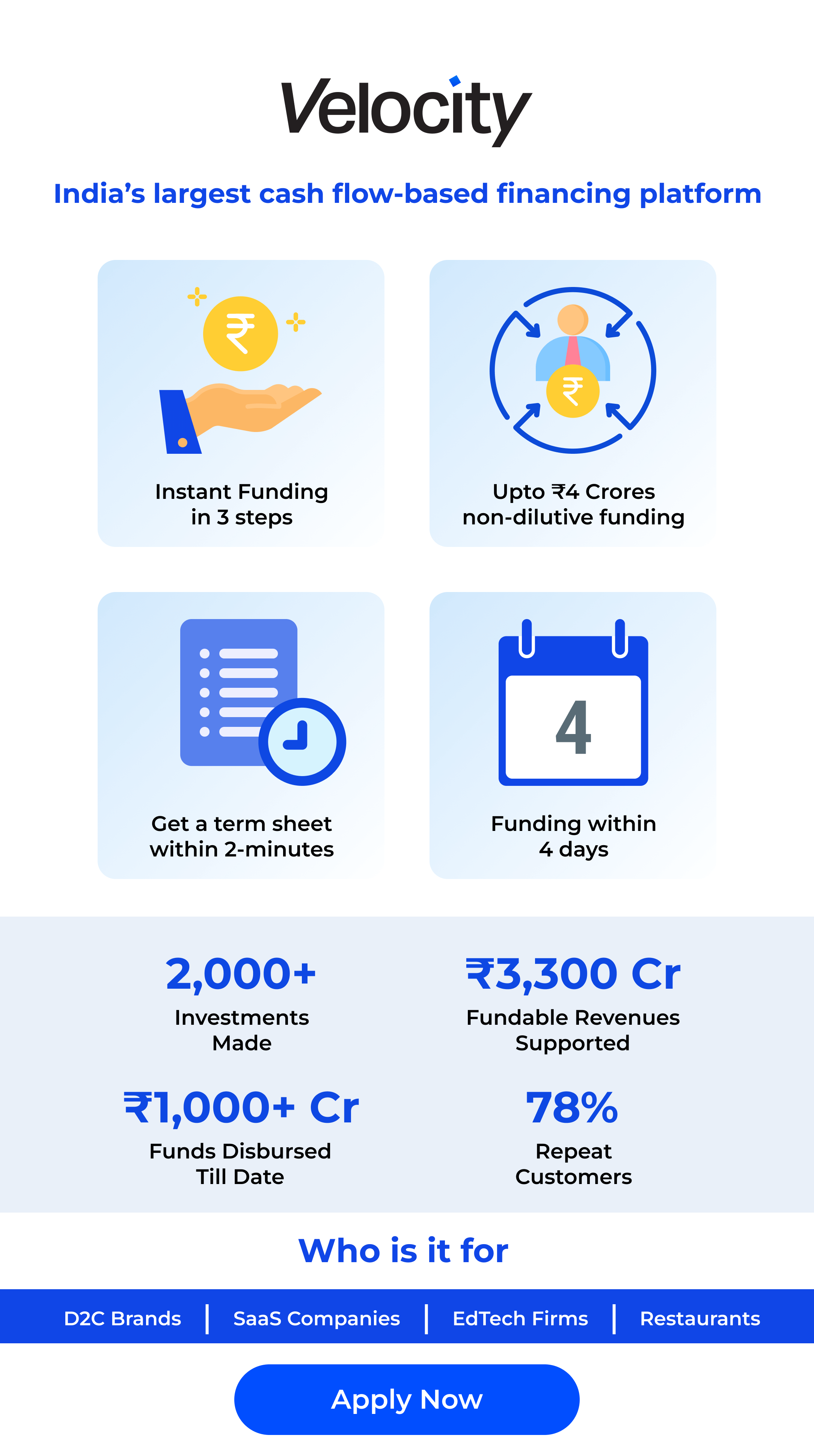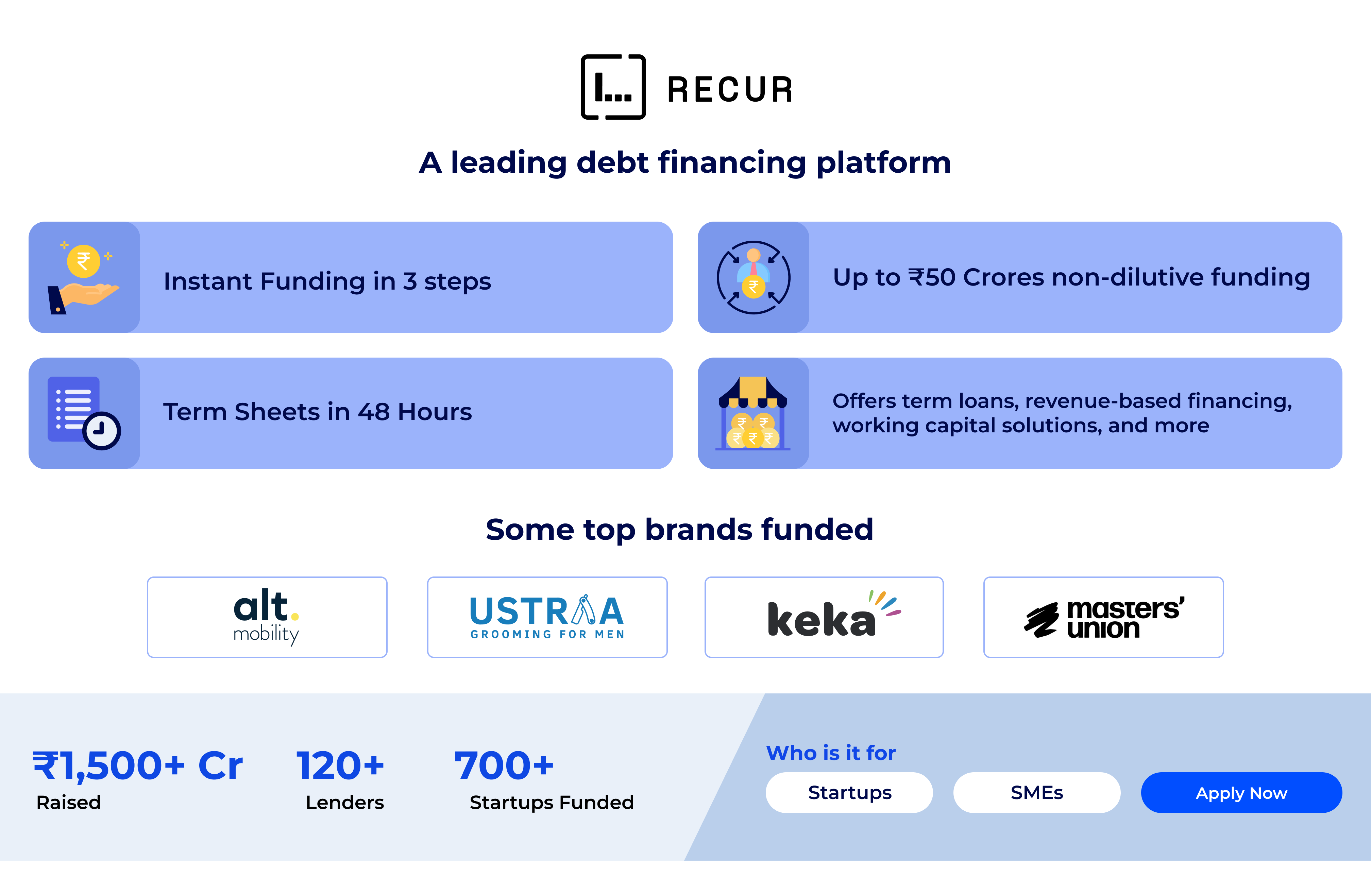Planning Pays Off: 5 Strategies to Get the Most Out of Your Delivery Speed Choice
April 17, 2025
5 min read
FTL vs. LTL Shipping: Which Logistics Option Fits Your Needs?
Two of the most popular shipping methods for organizations are full truckload (FTL) and less-than-truckload (LTL).
They come with their own advantages and drawbacks in using these approaches, and it typically depends on the capacity and size of the load, distance traveled, and economic considerations.
This blog analyzes the differences between the full truckload (FTL) and less than truckload (LTL) shipping options to help businesses make prudent choices regarding their logistics strategy.
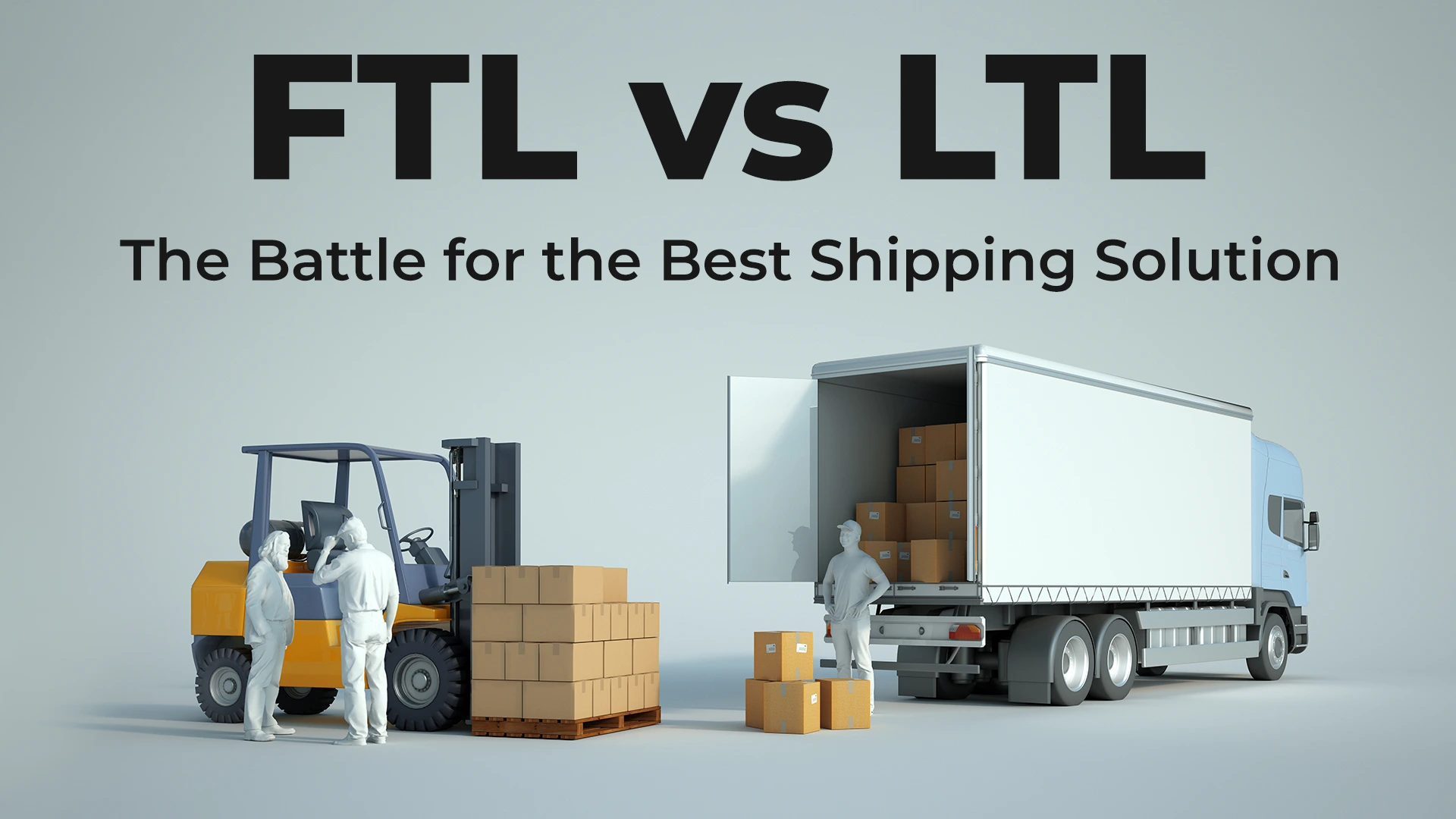
Understanding FTL and LTL Shipping
When it comes to the realm of logistics, the detail on various methods of shipping should be well understood by an adaptation business of any size.
The two principal kinds of transport are full load transportation and less-than-truckloads. Either one’s merits and demerits depend entirely on the business. Their benefits can change the business’s bottom lines.
FTL (Full Truckload Shipping)
FTL shipping involves dedicating a truck entirely to a shipper’s cargo. Full load transportation is mostly suitable for business purposes, especially when massive volumes of goods must be transported long distances.
Benefits
- Cost-Effective in Case of Large Shipments: Best suited for large-volume shipments that can fill the truck.
- Faster Transit Times: Shipments from origin to destination directly can decrease transit time.
- Increased Control: Shippers have more control over the shipment, which includes loading, unloading, and transit time.
Disadvantages
- More Expensive for Smaller Shipments: Not as ideal for smaller shipments because the full truck capacity must be filled.
- Less Flexibility: Less flexibility in terms of combining shipments with other shippers.
LTL (Less-Than-Truckload) Shipping
On the other hand, LTL shipping consolidates a group of smaller shipments from several shippers into a single truck. Thus, if you ship in small quantities or not as frequently, LTL is for you.
Benefits
The most effective way to send a few packages is cost-effective for small shipments because you pay for only the space that your package occupies.
- Common Costs: Reimbursable common transportation costs with other shippers reduce overall shipping costs.
- More Flexibility: More flexibility in terms of shipping smaller quantities and combining shipment times with other shippers.
Disadvantages
- Longer Transit Times: The longer transit time is due to more stops and transfers.
- Greater Risk of Damage: There is a higher risk of damage because of more handling during transfers.
- Less Control: Less control over the shipment, as it is being combined with other shipments.
Key Differences Between FTL and LTL Shipping
Factor |
FTL |
LTL |
Shipment size |
Suitable for large shipments that fill a truck. |
Ideal for small shipments that share truck space with others. |
Transit speed |
Faster due to direct, uninterrupted routes. |
Slower because of multiple stops and transfers. |
Cost |
More expensive if the truck isn’t fully utilized. |
More economical since costs are shared among shippers. |
Risk of damage |
Lower risk due to minimal handling during transit. |
Higher risk as shipments are handled more frequently. |
Control |
Offers complete control over the shipment’s handling and schedule. It’s perfect for customized shipping requirements. |
Limited control is available as goods are shipped with other consignments. It is suitable for standard shipping needs with fewer preferences. |
Choosing the Right Option
The choice of a proper shipping method is very important. Whether to use FTL or LTL becomes the ultimate decision factor.
With a fair understanding of the main differences, strengths, and weaknesses in each shipment method, firms can make informed decisions so that they optimize their supply chains and reduce costs.
Here are some tips to help you make an informed decision:
- Evaluate Size and Frequency of Shipments: Very large and more frequent shipments will find a more economical method in FTL. Most of the time, smaller or less frequently shipped items are better and cheaper when LTL is used.
- Assess Time Requirements for Transit: The FTL is the most effective option for urgent shipments as it boasts some of the fastest transit times. If the shipment can wait longer, LTL can be more affordable.
- Evaluate Type of Your Goods: It is beneficial to use FTL for fragile or high-value freight, wherein you want to minimize transfer and risk exposure. For these items, LTL is more appropriate for general goods that are not sensitive to a lot of handling.
- Evaluate Distance and Route: FTL performs better for those longer routes. LTL performs better with shorter distances and a lot less in terms of volume.
Wrapping Up
Understanding the nuances of FTL and LTL shipping is crucial for businesses aiming to optimize logistics and control costs effectively. Choosing the right shipping method—based on shipment size, distance, and budget—can significantly impact your supply chain efficiency.
Shipyaari offers a comprehensive range of shipping solutions, including both FTL and LTL services. With our expertise and cutting-edge technology, we help streamline your logistics, enhance efficiency, and reduce costs.
Try it now to discover how we can help your organization achieve seamless and cost-effective shipping solutions.
Frequently Asked Questions
Again, its expense primarily and directly depends on shipment quantity or cargo, distance covered, or perhaps the rates from the haulers. If the shipping is huge, FTL is often cheaper, or if it’s small quantities to dispatch, LTL might help save money.
FTL shipping usually involves fewer stops and transfers, which results in faster delivery times. On the other hand, LTL shipments can also be pretty fast, especially when traveling a short distance.
When finding the ideal shipping mode, consider key determinants such as the size of the shipment, length of journey, budget for the service, and specific needs in relation to delivery timelines.
The right logistics solution, such as Shipyaari, can promise advantages like a competitive price quotation, track and trace online service, timely customs clearance at destinations, and insurance options at rates.
Suggested Reads
Hyperlocal Personalization: Tailoring Experiences for Local Customers
Introduction The eCommerce industry in India has witnessed a rapid growth of hyperlocal services in
Continue ReadingDec






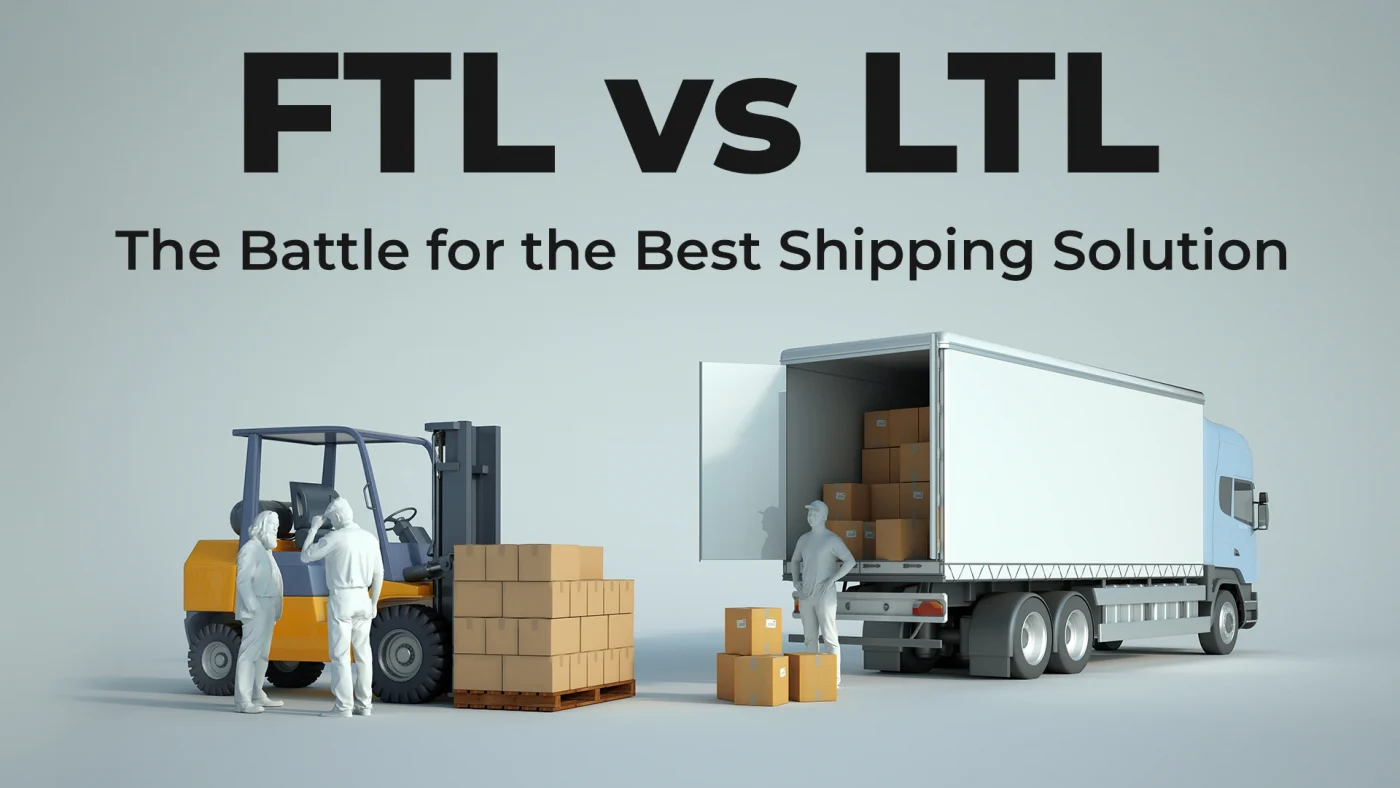







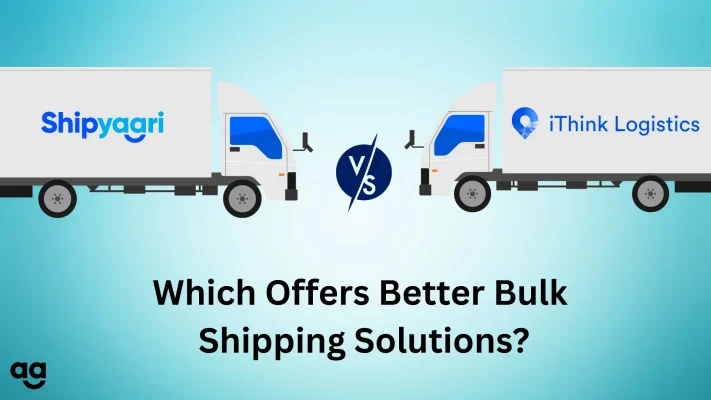

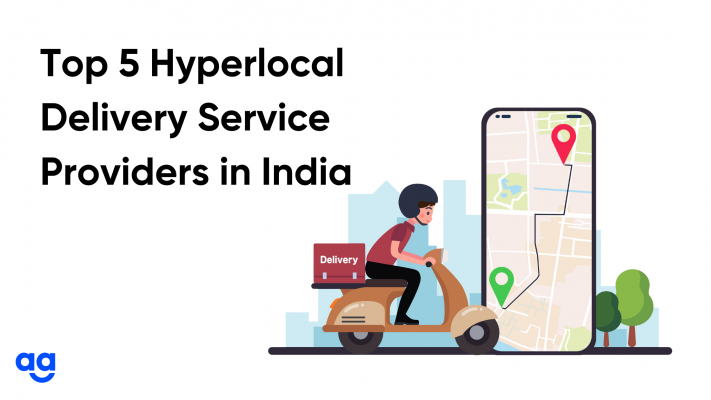
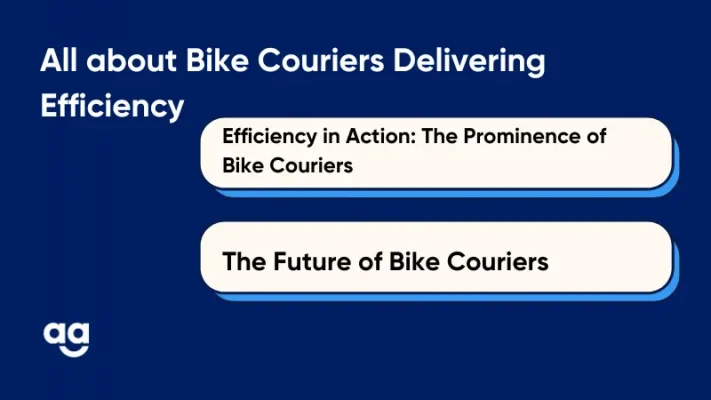
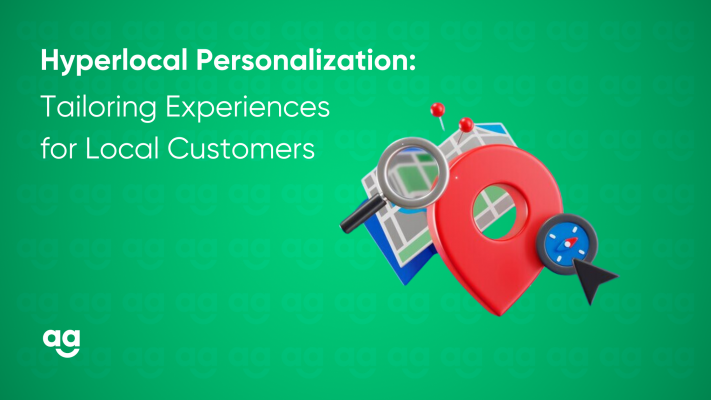
 Shipping
Shipping
